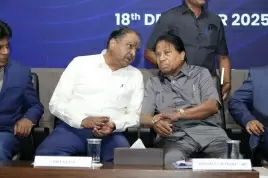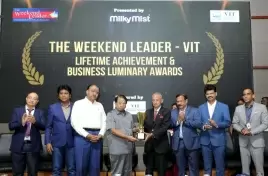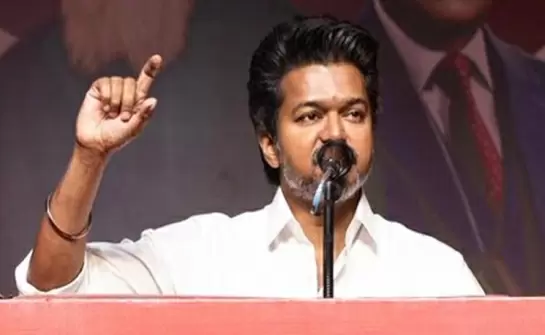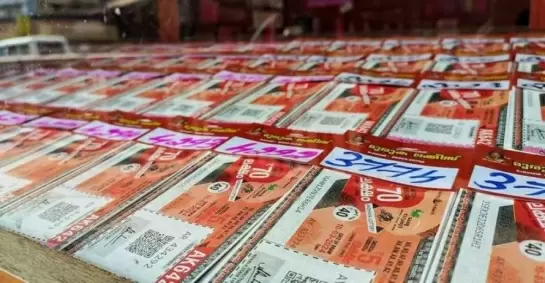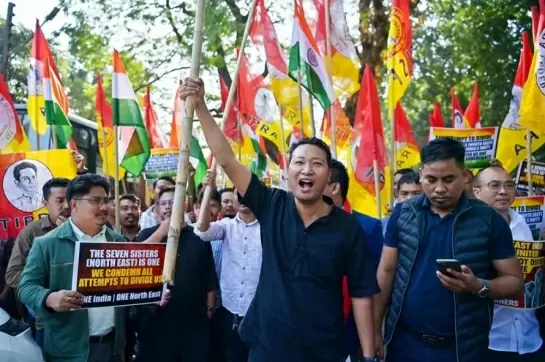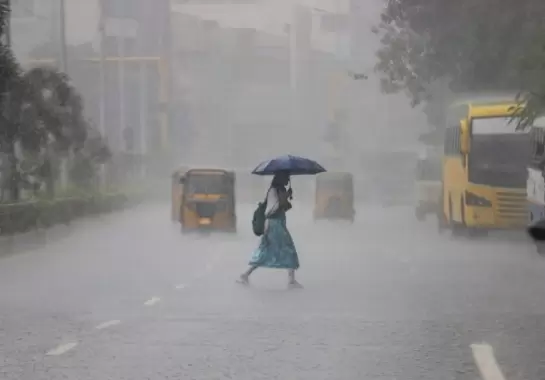Women take the lead to create water sources in Rajasthan

17-May-2013
Vol 4 | Issue 20
In Barwa-Gopalwadi of Jalore district and Sambhra village, about 160 kilometres from district headquarters of Barmer, the local community, spurred by its womenfolk, has pooled in its collective knowledge and set up a system that has enabled them to get “Bisleri-like water” right in their backyards.
While a recharge well has been dug near the village pond in Gopalwadi, increasing the capacity of the Kumhariya ‘talab’ (pond) has solved the water troubles of Sambhra.
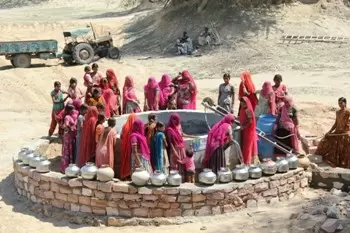 |
|
In Barwa-Gopalwadi village of Jalore district in Rajasthan, women have dug up a recharge well that has enabled them to get potable water literally in their backyards (Photos: WFS)
|
Across hundreds of villages that dot Jalore, Barmer and Jaisalmer districts, located in the heart of the Thar desert in Rajasthan’s Marwar region, generations of women have been burdened with the daily ordeal of water collection.
Women like Sakku from Sambhra village in Barmer district have spent many years waking up at the crack of dawn to make their way to faraway water sources expertly balancing heavy water pitchers on their heads.
Water is truly precious around these parts. While the rainfall is sparse – the annual average is 200 mm – the groundwater is saline and unsuitable for drinking or agriculture. The absence of surface water resources leads to a severe scarcity of drinking water.
Even government schemes have failed to reach these remote populations due to scattered habitation and difficult desert topography.
What has exacerbated this already grave crisis is the disappearance of the traditional water-harvesting and conservation systems owing to years of neglect.
Today, however, some desert hamlets are faring better than others simply because their women have decided to take things into their own hands and find a solution to a problem that affects them the most.
In Barwa-Gopalwadi of Jalore district and Sambhra village, about 160 kilometres from district headquarters of Barmer, the local community, spurred by its womenfolk, has pooled in its collective knowledge and set up a system that has enabled them to get “Bisleri-like water” right in their backyards.
While a recharge well has been dug near the village pond in Gopalwadi, increasing the capacity of the Kumhariya ‘talab’ (pond) has solved the water troubles of Sambhra.
Of course, both the villages have accomplished this once impossible feat with expert help from Jal Bhagirathi Foundation (JBF), a local non-governmental organisation that is implementing an integrated water resource management (IWRM) project in the three districts of Jalore, Barmer and Jaisalmer with support of the European Union.
Gopalwadi is the last village in Jalore that shares its borders with Barmer, Jodhpur and Pali. Located 60 kilometres from the district headquarters, basic amenities have never really managed to travel far enough to benefit its inhabitants.
Almost each one of the 600 homes here has an underground water tank with a capacity of 15,000-20,000 litres. But this stock gets depleted within four to five months, and so during the scorching summers people have had to pay Rs 1,000-1,200 for a tanker of 5,000 litres, a quantity that lasts just one month.
Exasperated with their situation the villagers got together this year to dig a 50-foot recharge well near their local pond, which is now supplying them with clean drinking water, effectively ending a daily water trek to the neighbouring villages.
But this did not happen overnight. Recalls Babu Singh, principal of the lone government school in Gopalwadi, “When I was posted to this school in July 2010 I saw that there was a terrible water crisis in this village. The pond couldn’t cover their needs for more than five months and the water in the government ground level reservoir was saline and with a high fluoride content. The government hand pump that was bored at 200 feet also gave saline water.”
Being the most educated man in Gopalwadi, Singh was often roped in to write letters to the district authorities in a bid to solve this problem but nothing seemed to work out.
Then when JBF surveyed the village in October-November 2012, as part of the IWRM project, it explained to the villagers the concept of community ownership and emphasised the need for the revival of traditional water harvesting structures. That was when the idea of digging the recharge well took shape.
Elaborates Singh, “The NGO’s field workers said that they would bear 70 per cent of the cost of digging the well while the remaining 30 per cent would have to be collected by the villagers.”
In order to create a consensus on the work to be undertaken as well as to ensure that the process of gathering the funds happened smoothly, JBF facilitated the setting up of a committee of women, called the Jal Sabha, in January this year. This committee of 32 women went door-to-door and collected Rs 50,265. The JBF also got an account opened for the Jal Sabha at the Thar Gramin Bank.
According to Indra Devi, 38, treasurer of Gopalwadi’s Jal Sabha, the women drummed up support for the project by telling everyone to invest in a long term solution instead of paying Rs 1000 for water tankers every month.
Adds Geeta Devi, president of the Jal Sabha, “We wanted everyone to be part of it so that there was a true sense of ownership. Those who didn’t have money were given the option of contributing by working on the site.” Work on the recharge well, called ‘beri’ in local parlance, began in February and was completed in just a month’s time.
In Sambhra, the process of change started with a fight. Recalls Kanupriya Harish, Project Director, JBF, “On a hot afternoon, some JBF members, who were visiting Sambhra saw a group of Bheel women fighting with a man, who was filling a water tanker from the village pond. As they intervened to calm tempers they realised that here were strong, vociferous women who were passionately trying to save the water in their village.”
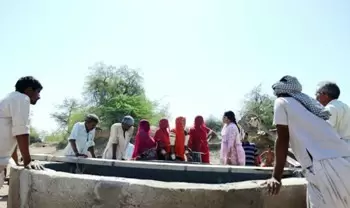 |
|
JBF has revived traditional water bodies in about 40 villages
|
This was in end-2011 when JBF was trying to work out a way to rope in local women into their conservation project. So they started off by involving this determined group. Slowly, through various community-level meetings other like-minded women were brought together to form a 38-member Jal Sabha in February 2012.
Sambhra’s Jal Sabha president, who incidentally, goes by the name Pani Devi, says, “We conducted meetings every month to win the trust of the community. It took us a month to collect money. While some gave between Rs 400 to Rs 500, some gave large sums too. I remember one family gave Rs 11,000!”
The Jal Sabha collected Rs 58,722 from 185 houses in the village. The total cost of the project was calculated at Rs 1,95,740 and JBF provided Rs 1,37,018 as grant money.
After nearly three weeks of hard work, the women and men of Sambhra completed the project in July 2012. At 12,485 cubic metres the pond’s capacity is almost double now. In addition, the women also cut the Prosopis Juliflora trees, also known as Vilayati babul (an invasive species), in the catchment area to ensure greater water harvesting.
The JBF has already revived traditional water bodies in half of the 80 villages it is working in.
Of course, none of this would have happened had women like Geeta, Indra, Pani and others not understood the importance of water conservation and motivated change. - Women's Feature Service




